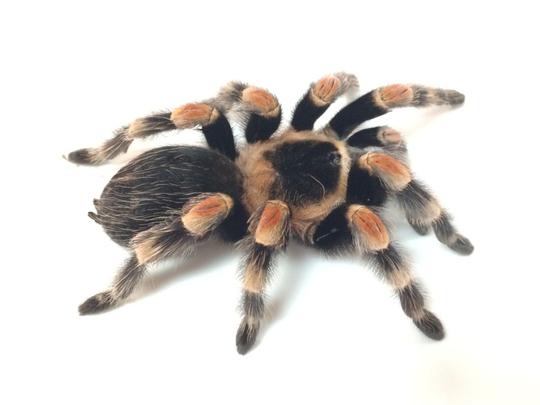
It’s a given: there’s no end to learning, and one learns something new every day. Last week, invited to a special project on environmental sciences by the junior department of a school, here are a few things I gleaned from just one of the projects that I thought might be worth sharing with everybody except roughly 427 million people the world over because it is that number, apparently — close to half the population of India — who suffer from arachnophobia, or the fear of spiders.
Happily, a process known as ‘systematic desentisation’, or exposure therapy, may be one way of dealing with it. That is, a person with arachnophobia is encouraged, under controlled circumstances, to relax and face his fear, little by little.
Australia has an array of spider species, ranging from the fragile, delicately dangling daddy long legs, to the menacing-looking but harmless, palm-sized huntsman spider.
The first time I spotted a huntsman on the clear window pane, I didn’t pause to think, ‘Now here’s a silly spider with no sense of camouflage.’ No, what I did was spring back in alarm and dash for the can of insect repellent.
The second time I spied, out of the corner of my eye, a much-tinier black, glossy spider scuttle across my bedspread while I was engrossed in a page-turning thriller, I took it to be just another harmless crawly. I fetched the repellent, nevertheless. Afterwards, showing it to a friend, it was deemed to be a funnel web, infinitely more dangerous than the huntsman! And there it had been, seeking a little companionship in bed! It came in through the bathroom window, as the Beatles may have sung, had any one of them been in a similar situation, for it was discovered that that’s the only way the funnel web could have entered my house.
Anyhow, back to the school project. Spider knowledge is everywhere: on the benches in labelled glass jars, on the walls on charts. I spot a tarantula in one jar. I only know it’s a tarantula because of its label. Apparently in Australia the whistling spider and even the huntsman are known as tarantula.
The word tarantula itself, I learn, originates from the Italian town of Taranto. It is in this town, allegedly, that a wild dance called the tarantella originated. Back in the day when medical knowledge was limited, this wild thrashing, called tarantism, was thought to be a way to cure spider bites. Sometimes it was hard to say if a bite had actually occurred or if a patient was simply displaying some form of tarantism (which also included swelling, severe pain, nausea, spasms, vomiting, melancholia and hysteria.)
Anyhow, the interesting thing is that the culprit thought to be causing all this was the tarantula. As it turned out, this was a wrongful identification. It took a while before the real ‘whodunit’ was revealed to be a Black Widow. In Australia, a relative is thought to be the Redback Spider.
In the music world, however, the myth of the tarantula is allowed to perpetuate through the classical compositions of greats like Liszt, Chopin and Rossini who all wrote upbeat arrangements for the folk-dancing tarantellas of the time.
In terms of size, the biggest spider, the Goliath, is found in South America. Its relative, the whistling spider, with a leg span said to be around 16 cm, is Australia’s biggest.
After a morning among the spiders, however, I think it only natural to check my apartment thoroughly on returning. For some inexplicable reason, I pull off all the bed linen, shake it all out thoroughly then bend to the task of fitting it all back in place once more. Even in bed later, I read a book as I usually do, but with only half an eye on the page. It’s not a phobia, I know, but something not too far from it.
Next week I’m invited to the project on snakes.
Kevin Martin is a journalist based in Sydney, Australia.










